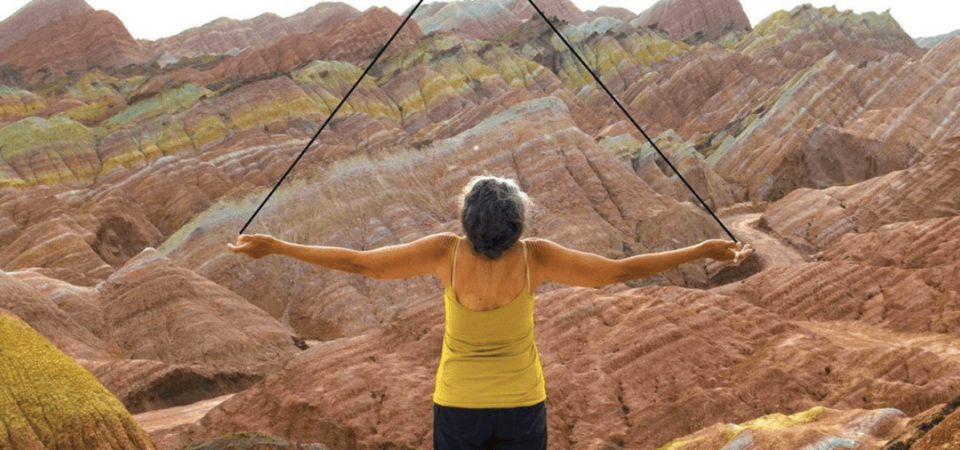Michele Guieu (California, US)
Switchpoint
I believe it’s going to be difficult to change the way we live if we do not understand the Human Predicament.
[…] This human predicament goes by many names. The global challenge. The global problematique. Limits to growth. The end of the world as we know it. The prospect for civilizational collapse. All refer to the perfect storm of global biosphere and societal stressors interacting in complex and unpredictable ways.
Environmental stressors include:
– Climate change, sea-level rise, and changing weather
– Biodiversity loss at 10,000 times the normal level
– Toxification of all life, insect armageddon
– Ocean acidification, dead zones, plastics, and fish and plankton depletion
– Declining and polluted fresh water sources
– Depleted top soils
– Vanishing forests and many more
Social stressors include:
– Poverty, racism, and injustice
– Unsustainable economic growth and global debt
– Vulnerable financial systems, supply chains, and power grids
– Population overshoot, refugee migrations, and resource competition
– Uncontrolled technologies, including AI, biotech, nanotech, robotics, cyber threats
– Dysfunctional geopolitics, failing states, and outdated institutions
– War, terrorism, and nuclear threats—defense resources needed elsewhere, and more
Climate change is the greatest global stressor. But a single focus on climate change means other global stressors are underestimated. These stressors interact as force multipliers, increasing unpredictable future shocks and even potential civilizational collapse.
Most people don’t want to think about this. Yet the culture is filled with vivid imaginings of dystopias in books, films, television series, and games. Civilizational collapse lurks at the imaginal edge of collective consciousness. Yet mainstream media and “official” government institutions are largely silent.
[…]
Michael Lerner in “Resilience, the Global Challenge, and the Human Predicament”.

